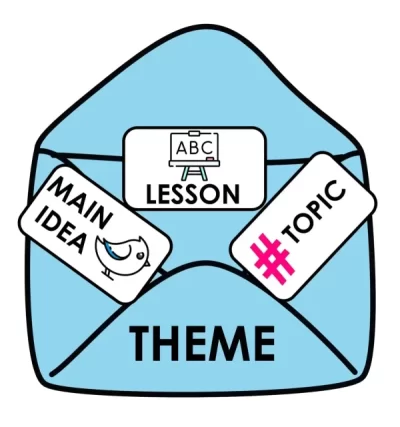Characterization
Characterization is the way in which an author represents and develops the personality of a character in a work of literature. It involves the portrayal traits, behaviors, thoughts, and feelings of a character, as well as the character’s actions and interactions with other characters. The goal of characterization is to create a believable and well-rounded character that the reader can relate to and understand. There are several different techniques that authors use to develop characterization, including direct characterization (telling the reader what a character is like), indirect characterization (showing the reader what a character is like through the character’s thoughts, words, actions, and interactions with others), and character development (showing how a character changes or grows over the course of the story).
Types of Characterization
There are several types of characterization in literature, including the following:
- Direct characterization: This is when the author directly tells the reader what a character is like, either through the character’s thoughts, words, or actions.
- Indirect characterization: This is when the author shows the reader what a character is like through the character’s thoughts, words, actions, and interactions with other characters. The reader must infer the character’s traits based on the evidence provided.
- Static characterization: This is when a character does not change significantly throughout the course of a story.
- Dynamic characterization: This is when a character undergoes significant changes or growth over the course of a story.
- Round characterization: This is when a character is well-developed and has multiple facets to their personality.
- Flat characterization: This is when a character is one-dimensional and lacks depth.
Characterization Lesson Plans for The Hunger Games
- Direct Instruction: Begin by introducing the concept of characterization to the students and providing examples. Then, have students read a section of The Hunger Games and identify the characters and their traits. As a class, discuss the characteristics of each character and how they contribute to the story.
- Character Map: Have students create a character map for a specific character from The Hunger Games. The map should include the character’s name, physical description, personality traits, relationships with other characters, and any significant actions or events involving the character.
- Character Interview: Have students choose a character from The Hunger Games and create a list of interview questions to ask the character. The questions should be designed to reveal the character’s personality, motivations, and feelings. Students can then use the answers to the questions to create a character profile.
- Role-Playing: Divide the class into small groups and assign each group a character from The Hunger Games. Have the groups create a short skit in which they act out a scene from the book, paying close attention to the character’s mannerisms, dialogue, and actions. Afterwards, have the groups present their skits to the class and discuss how well they captured the character’s personality and how it contributed to the scene.
- Character Comparison: Have students choose two characters from The Hunger Games and create a Venn diagram comparing and contrasting the characters’ personalities, actions, and relationships with other characters. Students can then write a short paragraph explaining the similarities and differences between the characters and how they contribute to the story.
For more great lesson plan ideas for The Hunger Games, check out these 10.
And if you want everything you need to teach The Hunger Games including detailed daily lesson plans, check out this full unit plan.



